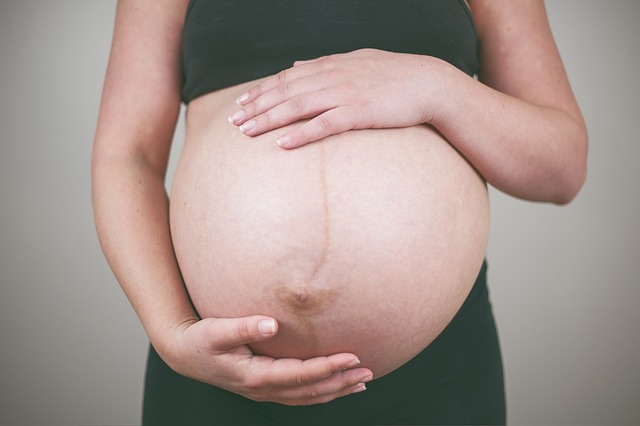Feeling your baby move for the first time is one of the most exciting milestones of pregnancy. These movements, known as “quickening,” are a reassuring sign of your baby’s development and activity. Understanding how these movements evolve week by week can help you connect with your baby and monitor their well-being.

Weeks 12-16: The Early Flutters
In the early weeks of pregnancy, movements are subtle and often go unnoticed. By around 12 to 16 weeks, some women may begin to feel the first flutters. These initial movements are usually described as gentle, butterfly-like sensations in the lower abdomen. At this stage, the baby’s movements are still very light because they are small and have ample space to move around.
Weeks 17-20: Recognizable Movements
Between 17 and 20 weeks, the baby’s movements become more noticeable. Many first-time mothers begin to feel distinct kicks and nudges during this period. If you have been pregnant before, you might recognize these movements a bit earlier. The sensations might still be light and infrequent, but they become more recognizable as your baby grows stronger.
Weeks 21-24: Increased Activity
As you enter the second half of the second trimester, your baby’s movements will become more frequent and stronger. By 21 to 24 weeks, you might feel more pronounced kicks, rolls, and jabs. Your baby is becoming more active, experimenting with their growing muscles and responding to sounds and external stimuli. You may even notice patterns in their activity, with periods of wakefulness and rest.
Weeks 25-28: Consistent Movements
During weeks 25 to 28, the baby’s movements become more regular and predictable. They are growing rapidly and their movements become more coordinated. You might start to notice that your baby is more active at certain times of the day, often when you are resting. These movements can range from gentle nudges to stronger kicks, and you might even see them from the outside as your belly moves.
Weeks 29-32: Strong and Distinct
As you approach the third trimester, your baby’s movements will be strong and distinct. By 29 to 32 weeks, the baby has less room to move around, making their kicks and jabs more noticeable and sometimes uncomfortable. You might feel movements in different parts of your abdomen as your baby changes positions. Hiccups are also common and can feel like rhythmic, repetitive movements.
Weeks 33-36: Noticeable Patterns
In the weeks leading up to full term, the baby’s movements can become quite vigorous. By 33 to 36 weeks, you might feel stretching, rolling, and shifting as your baby gets ready for birth. Movements may feel more deliberate and less erratic. As the baby grows larger, they may settle into a head-down position, which can change the types of movements you feel, often concentrating kicks around the ribs and upper abdomen.
Weeks 37-40: Final Stages
During the final weeks of pregnancy, the baby’s movements may slow down slightly due to the limited space in the womb. However, they should still be active and responsive. You might feel more stretching and shifting as your baby prepares for birth. Strong kicks and punches can still occur, but you might notice more squirming and rolling movements. Monitoring your baby’s activity is crucial, and any significant decrease in movement should be reported to your healthcare provider immediately.
Factors Influencing Baby’s Movements
Several factors can influence how and when you feel your baby’s movements:
- Placenta Position: Anterior placenta (when the placenta is on the front wall of the uterus) can cushion the baby’s movements, making them harder to feel early on.
- Maternal Activity: When you are active, you may not notice your baby’s movements as much. Conversely, when you are resting, you might feel them more.
- Amniotic Fluid: The amount of amniotic fluid can affect how movements feel. More fluid allows for more movement, while less fluid can restrict it.
- Baby’s Sleep Patterns: Babies have sleep cycles and will have periods of quietness when they are sleeping.
Monitoring Baby’s Movements

Keeping track of your baby’s movements is an important part of monitoring their health. Around the third trimester, many healthcare providers recommend counting kicks to ensure your baby is active and well. A common method is to count how long it takes to feel 10 movements. Generally, you should feel at least 10 movements within two hours. If you notice a significant decrease in activity, it’s important to contact your healthcare provider.
Conclusion
Feeling your baby’s movements is a wonderful part of pregnancy, providing a unique bond between you and your baby. These movements evolve from subtle flutters to strong kicks and rolls, each stage bringing new experiences and reassurance. Understanding the typical progression of fetal movements week by week helps you appreciate your baby’s growth and development. Always remember to monitor these movements, and do not hesitate to consult your healthcare provider with any concerns. Each movement is a sign of life and vitality, making the journey to meeting your baby even more special.

